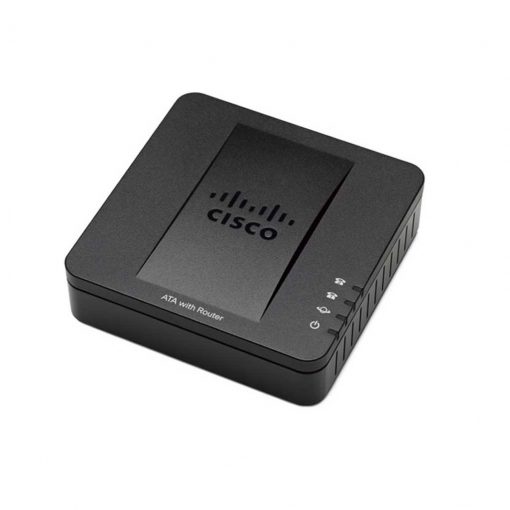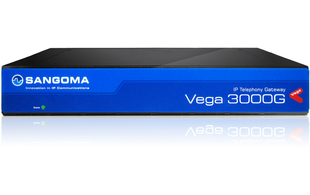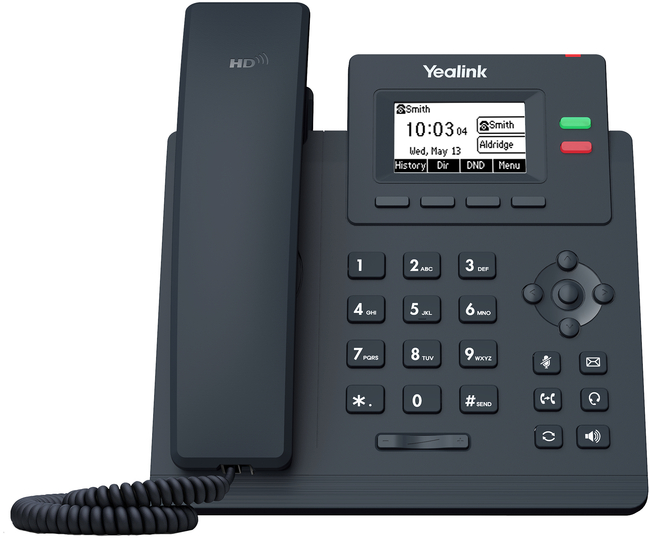This article was updated 13/05/23.
What does it all mean?
By 2025, Openreach are going to switch off the old analogue phone service (PSTN), meaning all devices that use the analogue telephone service (alarms, card readers, telephones) will cease to work.
You will need to be prepared, otherwise you could be faced with a security risk, the inability to take card payments, or a non-working telephone.
Why is it Happening?
It is becoming increasingly expensive (and unnecessary) for Openreach to maintain copper lines that travel the length and bredth of the UK. Some of these lines have been around since the 19th century.
With the rise of VoIP, Internet card readers, and modern alarm systems, there is increasingly less need for expensive analogue phone lines in a modern Britain.
What do I Need to do?
It’s now time to switch to an all-digital solution.
When the majority of an area is covered by full fibre broadband, Openreach disables the PSTN in that area forever, and Openreach is fast expanding its full fibre coverage, well on-track for 2025.
Fortunately, switching to digital is very easy and presents an opportunity to reduce costs. Digital phone lines are far less expensive than analogue phone lines, and call rates are about 20x cheaper. You can even keep your landline number.
Read on to learn more about the new VoIP equipment you need for the PSTN switch off.
IP Phones
You can choose to replace your analogue phones with IP deskphones, use an ATA (Analogue Telephone Adapter), or you can use a softphone (software on your phone, tablet, or computer that acts as a telephone).
ATA

An ATA lets you use your analogue telephones with a hosted VoIP solution or SIP trunk. You need to connect your telephone to the ATA and your ATA to your router. Then, you usually log into a web panel via your computer to configure the ATA. Even though you may save money by not buying IP phones, ATAs usually only have enough ports for one phone. This isn’t a cost-effective solution if you have more than one or two analogue phones you want to use with VoIP.
FXS Gateway (VoIP Gateway)
If you have many analogue phones in your business, a VoIP gateway is better suited to your needs. There are different types of gateway, but the one you need is an FXS, or Analogue, gateway. It allows you to connect analogue phones to your VoIP provider’s network.
We would recommend the Sangoma Vega 3000G (pictured below), or, if you have a smaller number of analogue phones, the Sangoma Vega 60G. You can purchase this item from us at a favourable price if you are a Ballscoigne customer.

To use an FXS, you connect your analogue phones to the FXS ports of the gateway, connect the gateway to your router, and then configure the gateway via online web panel to work with your VoIP/SIP provider.
IP Phones
IP phones are similar in function to traditional analogue telephones. They have keypads, screens, and handsets. Dial a number and the IP phone will start ringing the recipient.
Certain VoIP providers will send you phones that automatically retrieve their setup information from a server as soon as they are plugged in and connected to the Internet. If your router or switch and IP phone support PoE, the process will look the same as plugging in an analogue phone. At Ballscoigne, we offer automatic provisioning.
If your provider does not provide automatic provisioning, you can set up your IP phones manually, either via the phone itself through its menu, or via an online web panel. The web panel is usually the faster of the two options.
Here is a common IP desk phone:

We offer IP phones for sale at prices you won’t find online. Just contact our sales team for more information.
Softphones
Softphones are an increasingly popular option which allow you to use your office telephone system on the go from your smartphone or home computer.
To use a softphone, you need to download and install a program to your phone or computer. There are both free and paid options. Bria, Zoiper, tSIP, Linphone, just to name a few.
You need to input your SIP username, password, and domain from your IPPBX or hosted VoIP provider into your softphone application.
The main benefit of these programs is that you don’t have to be in the office to answer calls. You can make calls from your business without having to use a desk phone. You can save on costs because you don’t have to purchase so many desk phones.
The main disadvantages are that you must have a reliable smartphone or computer for these programs to work well. Some features you get included with an entry level desk phone are paid extras for softphones. Softphones can be very temperamental on iOS. You also need to ensure you have a good battery life if you are using a mobile device or laptop.
Next Steps
As you can see, there are lots of considerations to make before choosing how you are going to switch to VoIP for your business telecoms. Ideally, a mix of IP desk phones and softphones with hosted VoIP or on-premises IPPBX is the best and most reliable solution. However, a pure softphone setup, or use of a VoIP gateway, will still provide good results.
If you would like help making the switch to VoIP, we’d be happy to see if we can help your business. We have a powerful hosted VoIP solution that works for SMEs and satellite offices with a large range of features. Our SIP trunking solution is great for larger businesses that like more control over their telephony.
We can walk you through exactly what you need to do. We’ll tell you which IP phones to buy, how they easily integrate with our automatic setup solution, how to save money on calls, and we can help you get the most out of our feature-rich VoIP control panel.

Recent Comments